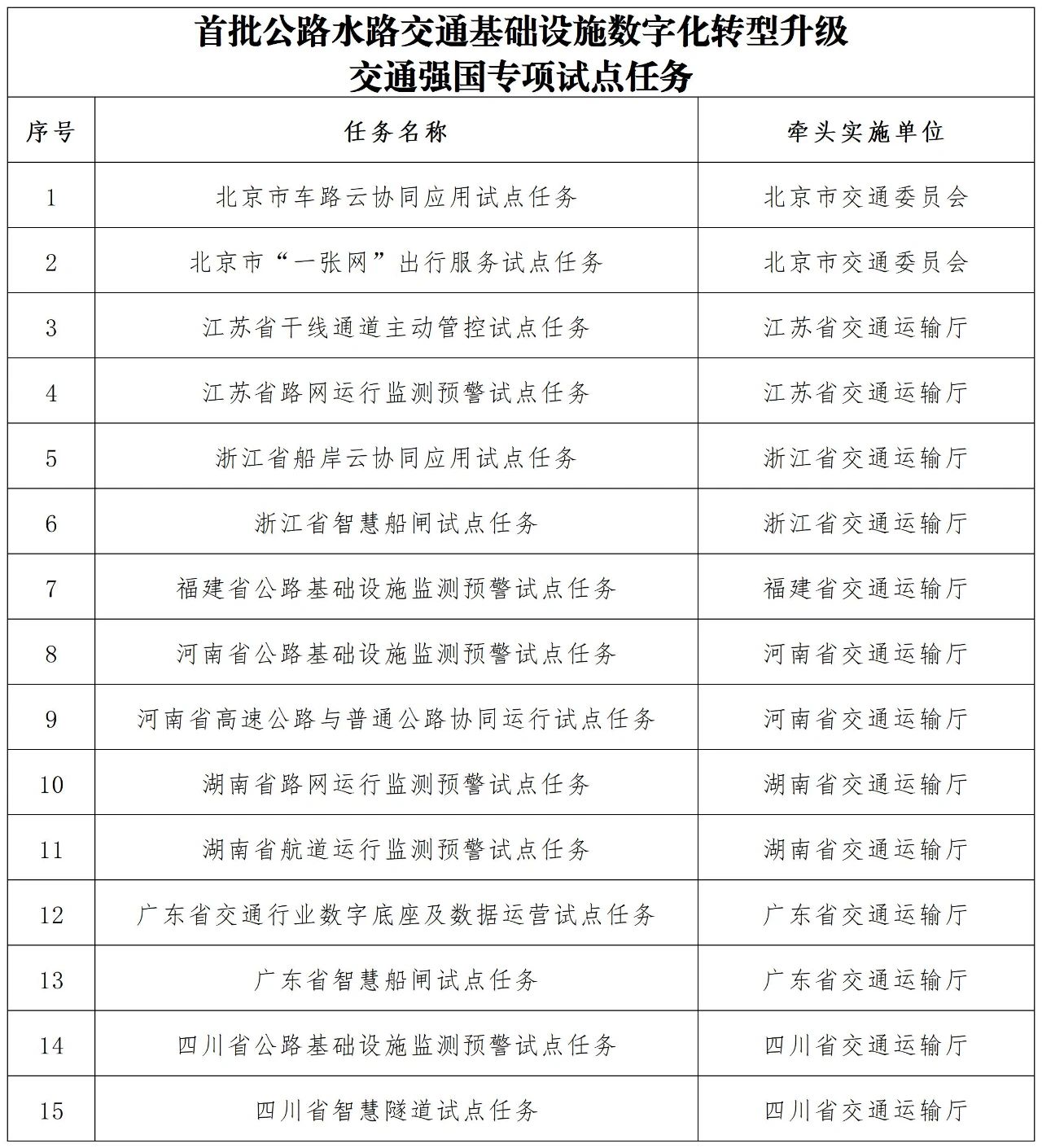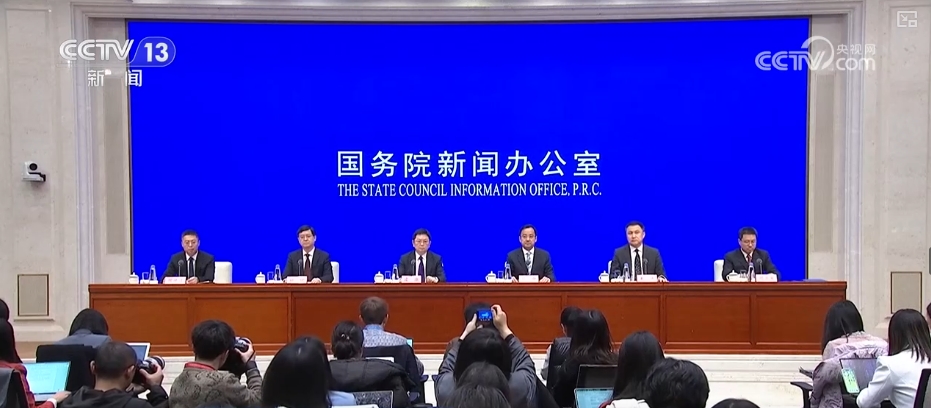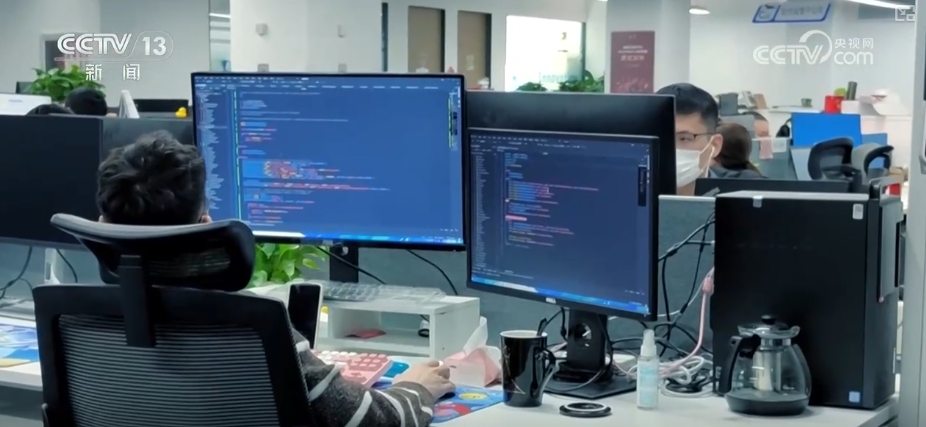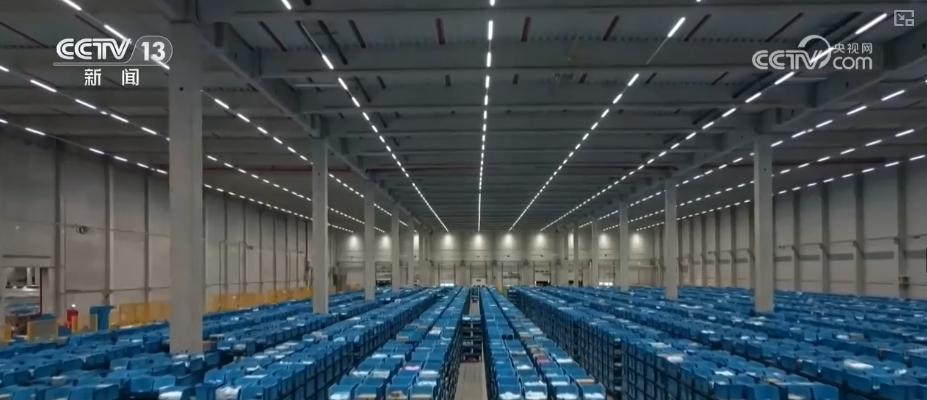[Guangming Forum]
Recently, General Secretary Xi Jinping listened to the work reports of the Jilin Provincial Party Committee and the Provincial Government in Changchun City, Jilin Province and delivered an important speech, pointing out that it is necessary to coordinate the planning of urban and rural spatial layout, industrial development, public services, and infrastructure construction, promote the integrated development of developing industries, strengthening counties and enriching the people, and promote common prosperity between urban and rural areas. Urban-rural integration is an important strategy to promote rural revitalization and coordinated urban-rural development, while urban-rural industrial integration is one of the core paths to realize this strategy.
Cities and rural areas show obvious binary differentiation characteristics in spatial structure, economic form and social function. For industries, cities have their core advantages with their highly concentrated capital elements, advanced technology level and a complete market system, while rural areas are known for their rich land resources, natural resources and labor resources. In this context, as an institutional innovation, the integrated development of urban and rural industries is essentially to achieve optimal resource allocation and complementary advantages by establishing an equal exchange mechanism for urban and rural factors and an industrial coordinated development system, thereby enhancing the endogenous driving force for rural industrial development. In the long run, this integrated development will help reconstruct urban-rural relations and ultimately realize the integrated pattern of urban-rural integrated development.
my country's urban-rural industrial integration has gone through three stages: initial exploration, coordinated development, and systematic promotion. The "National New Urbanization Plan (2014-2020)" has specific requirements for the construction of unified urban and rural factor markets, and has promoted the elevation of urban-rural industrial integration into a national strategy. From 2017 to the present, urban and rural industrial integration has entered a systematic promotion stage. The 19th National Congress of the Communist Party of China proposed to implement the rural revitalization strategy and emphasized the establishment and improvement of the system, mechanism and policy system for urban-rural integrated development. The 14th Five-Year Plan further proposes to establish and improve a policy system for equal exchange and two-way flow of urban and rural factors. The Third Plenary Session of the 20th Central Committee of the Communist Party of China once again emphasized the promotion of equal exchanges and two-way flows of urban and rural factors, narrowing urban and rural differences, and promoting common prosperity and development in urban and rural areas.
With a series of policy support, my country's urban-rural industrial integration carriers have developed rapidly, the flow and allocation of industrial factors have been improved, and the "urban-rural marriage" of this industry has begun to show results. Relevant data shows that as of the end of 2024, a total of 158 industrial clusters with output value of over 10 billion yuan in the entire industrial chain, more than 390 agricultural industrial towns with output value of over 1 billion yuan, and more than 90,000 leading agricultural industrialization enterprises at or above the county level. The scale of investment in rural industrial integration across the country has reached trillions of yuan and is showing a growing trend year by year. The Internet penetration rate in rural areas reached 66.5%, an increase of 28 percentage points from 2018. Online retail sales of agricultural products were growing strongly, up 18.3% year-on-year. In the first three quarters of 2024, the total revenue of rural tourism reception in the country was 1.32 trillion yuan, an increase of 9.8% year-on-year. The per capita disposable income of rural residents nationwide reached 23,100 yuan, and the double income difference between urban and rural residents has narrowed from 2.69 in 2018 to 2.34 in 2024.
At the same time, we should also clearly see that the "urban-rural marriage" of this industry is still in the "run-in-one period". Specifically, it is manifested as low fusion efficiency and quality, insufficient fusion depth, insufficient fusion power, etc. Therefore, in the future, it is necessary to add some "catalyst" to the integration of urban and rural industries to promote it toward a new pattern of integration and win-win results.
The application of digital and intelligent technology should be accelerated to make it a "propeller" of urban-rural industrial integration. By promoting the application of digital and intelligent technologies in urban and rural industries, the urban and rural industrial chains will become more "smart" and more efficient, and accelerate the digital upgrade of urban and rural industrial integration. Build a digital platform for urban and rural industries, combined with the model of sharing economy, so that urban and rural resources can be shared efficiently like "carpooling"; use blockchain and Internet of Things technology to create a full-process traceability system for agricultural products from the field to the table, so that every grain of grain, every vegetable, and every fruit can be "reported to your home" to ensure the reliable quality of agricultural products. In addition, digital and intelligent industrial parks can be built, and the ecological agricultural model can be promoted using scientific and technological means, so that the urban environmental protection concepts and rural ecological resources can be combined, the urban and rural "green cooperation" can be accelerated, and agriculture can move towards a green and low-carbon development path, and the green waters and green mountains in rural areas will become gold and silver mountains.
At the same time, the governance mechanism should be made the "lubricant" for the integration of urban and rural industries. By improving the extension and expansion mechanism of the industrial chain, we will promote a "deep embrace" of agriculture, industry and service industries, and achieve vertical lengthening and horizontal expansion of the industrial chain. By optimizing the interest linkage mechanism, we ensure that farmers, enterprises and other stakeholders can share the development results. By improving the talent attraction and education mechanism, attracting more talents to participate and providing intellectual support for urban and rural industrial integration.
The future urban and rural industries will not only be economic integration, but also cultural integration, ecological sharing, and happiness creation. The future urban and rural industries will break the boundaries and share resources, so that cities and rural areas can truly achieve two-way rush. We look forward to the seeds of urban and rural industrial integration growing into towering trees as soon as possible and bear fruit.
Author: Wang Yang (Dean and Professor, School of Economics and Management, Northeast Agricultural University)






